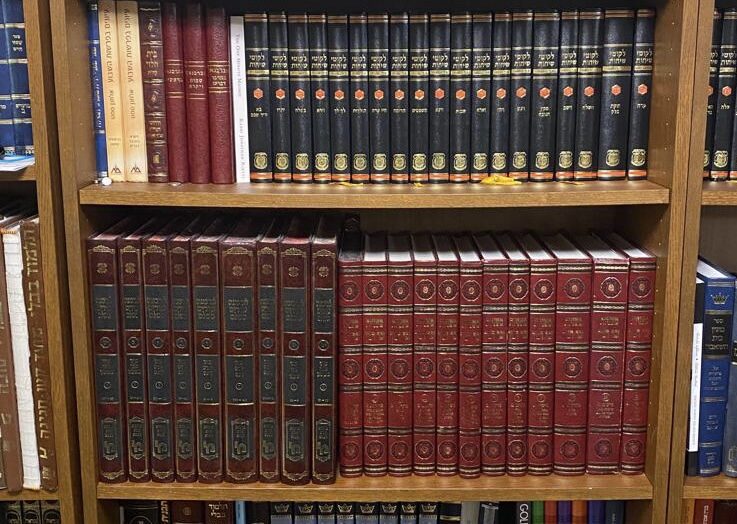I thought it would be a good time to share some of what I’ve read (and loved) with my kids over the last few months.
Holes, by Louis Sachar: The underlying message of this book is the way in which hashgacha pratit, lehavdil, operates in the world, though I’m not sure this is what is written on the book jacket. It is a story about a young man, Stanley Yelnats, who is sent to a prison camp for adolescents, and has to spend every day digging holes in the desert. He eventually realizes that there’s much more going on, and finds himself on a risk-laden adventure to find out what’s really happening. It’s certainly a coming of age story, yet at the same time, Stanley always proves himself to be a deeply moral and mature character. When all the pieces come together at the end, it’s incredibly exciting and satisfying.
Pawn of Prophecy, by David Eddings: This is the first book in a series I read when I was about 11 or 12, and was one of the first books that totally absorbed me. I was so excited to read it with my nine year old, though after 50 pages, he said, “Can I just read it on my own?” and proceeded to finish it in two days. I admit I read it again myself when he was done with it, and love it as much now as then. It’s a coming of age story (though in a very different way than Holes), about a young man who discovers who he is and his purpose in the world over a series of adventures. The author doesn’t rush this discovery. I recently finished the second book, and he’s just uncovering his purpose. He is joined by a compelling cast of characters, which is part of what makes the novels so much fun. Though it’s far less well known than many other fantasy series today, I still think it’s one of the best.
Masters of Silence, by Kathy Kacer: Kacer is well known as an author who writes Holocaust novels for children. She is a master at helping children understand this horrific period without graphic detail, and at their level. The story follows siblings after they are hidden by their mother in a convent, and then shuffled to safety across the mountains into Switzerland. It is painful to be sure, though entirely appropriate for 4th grade and above.
The Story of King Arthur and His Knights of the Round Table: There are many versions of this story, and we read the Roger Lancelyn Green one from the 1950s. I’ll admit that my son is enjoying it more than I am. In each chapter, Merlin predicts what evil will befall Arthur and his knights, and despite the warnings, they make the exact terrible mistakes he says will happen. It’s like watching a car crash in slow motion. I also find the characters somewhat simplistic as they are driven by the values of chivalry, rather than any sense of rationality or even more complex values. Still, it’s a book with adventure after adventure, and a lot of sword fighting, so it’s always a lot of fun.
Dave at Night, by Gail Carson Levine: Dave, an overly-energetic boy, and an orphan, is forced to live in the Jewish Home for Boys in New York when no one else in his family will take care of him. The story takes place during the Depression, and Dave is always looking for a way to escape the mistreatment and violence of the Home. And escape each night he does! While part of the book is about how he ends up in the Home and the friends he makes there (as well as the enemies/bullies, and how he deals with them), the other part is about life on the “outside” with an unexpected Jewish performer, and the musical scene of the Harlem Renaissance. It has a great balance of the pain and wonder life has to offer.
The Magician’s Nephew and The Horse and His Boy, by C.S. Lewis: I’ve read The Lion, the Witch and the Wardrobe with each of my children, but this is the first time I’ve gone on to read the rest of the series, now with my youngest (we’re now done book 3 of 5). They are not quite as good as the first, but still very enjoyable. Narnia really is a magical place.
Tom Sawyer, by Mark Twain: I’m reading this with my 7th grader, and the first thing I’ll say is, the language is hard! Several times I’ve asked if she wanted to stop, but she’s into it. It’s my first time reading it, and I find it somewhat difficult to summarize. It’s not, for the most part, a linear story. While there are some themes in the book, a lot of the chapters are vignettes about Tom’s adventures (or perhaps more accurately, misadventures) with his friends and neighbours. Tom’s character is complex, and the world he lives in (mid-19th century life in a small Mississippi town) is 180 degrees different from suburban 21st century America. As a way to discover a world and way of being different from our own, it’s a great book to read with your child.
